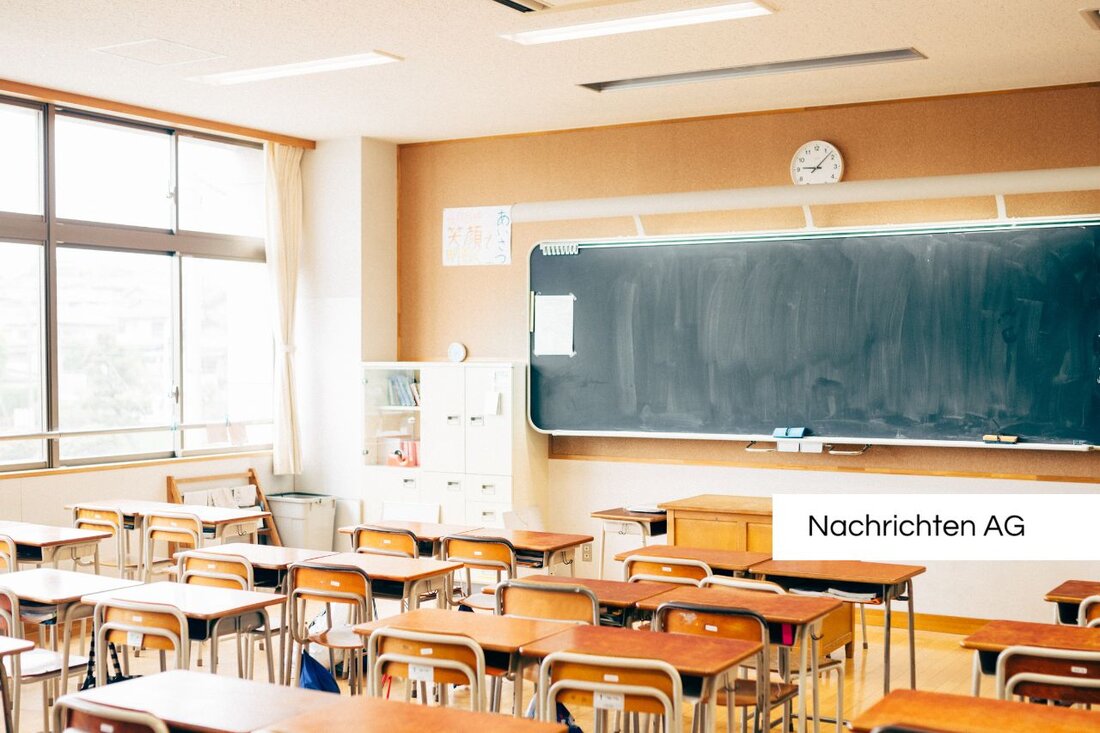Inclusion in parliament: Tactile plans for blind people presented!
Inclusion in parliament: Tactile plans for blind people presented!
Österreichisches Parlament, Wien, Österreich - On August 14, 2025, VRVIS GmbH announced the development of tactical plans and reliefs for the Austrian Parliament in order to provide blind and visible people. This initiative was realized in close cooperation with the auxiliary community of the blind and weak Austria. The tactile models that represent the central elements of the parliamentary building, including the glass area roof and the characteristic columns, are intended to help promote the political participation of all citizens.
The mobile solutions that are integrated into the offer of parliament are based on high-resolution digital recordings and 3D reconstructions. They are processed using the latest technologies such as UV tactile printing, 3D printing and CNC milling technology. With this project, VRVIS, as a leading research facility in Austria in the area of Visual Computing, wants to actively support, including democracy education.
tactile basic risks and their meaning
tactile basic risks are essential aids that enable blind and visually impaired people to independently navigate in buildings. These plans, which are mostly installed in the entrance area or at central points, use turmacle elements such as lines, symbols and braille to provide information about the spatial orientation. They promote the independence and safety of the users by enabling independent orientation without accompanying persons, as well as tactiler-grundrissplan.de.
The content of such plans also includes path connections, room layouts and important facilities such as elevators and toilets. To ensure long -term use, you should consist of high -quality materials such as aluminum or stainless steel. The price for such tactile position plans is around 800 to 2,500 euros net per plan.
spatial accessibility as a fundamental aspect
according to [action-mensch.de] (https://www.aktion-mensch.de/ Inclusion/sbildung/impfulse/barrierfreiheit/raeumliche-barrier-free) is a basic requirement for self-determined and equal life. Studies show that around 10% of the population rely on barrier -free premises, while an additional 40% consider them necessary. This necessity extends in all types of public buildings, including schools and museums.
For the integration of accessibility, there are clear legal requirements that ensure that all structural systems are barrier -free in use. Important design elements include levels, sufficient movement space and orientation aids in all areas. These points are crucial to ensure understandable and safe use, especially for people who rely on wheelchairs.
The combination of tactile solutions in parliament and the promotion of accessibility in public buildings is a step in the right direction. This creates an inclusive environment that supports the participation of all citizens in the democratic process, which constitutes true lived democracy
| Details | |
|---|---|
| Ort | Österreichisches Parlament, Wien, Österreich |
| Quellen | |


Kommentare (0)